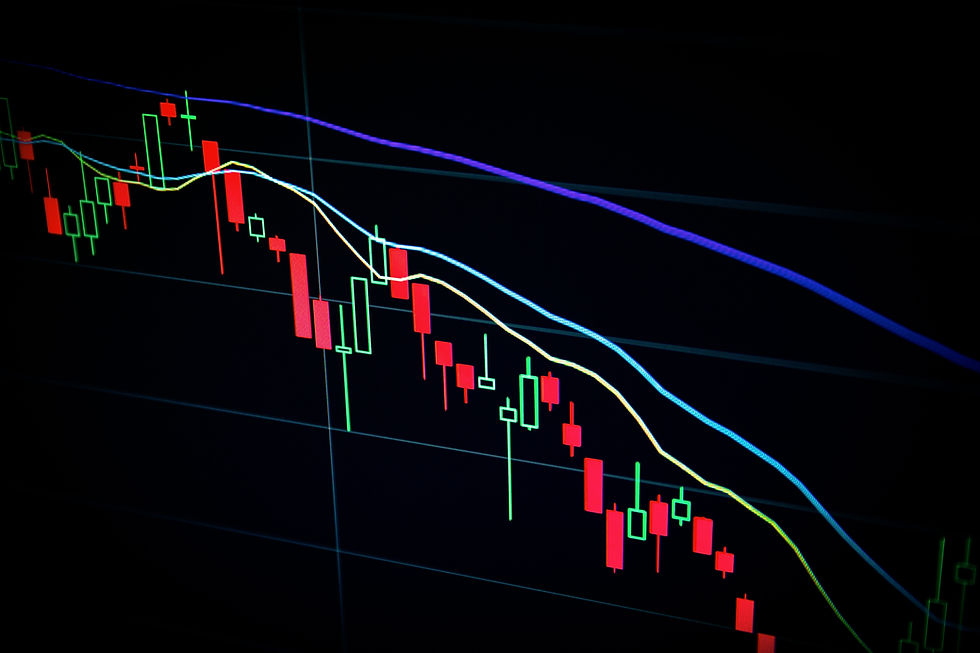
The past week witnessed a notable resurgence in the beleaguered Chinese stock market, marking its most substantial upturn in over a year. This remarkable turnaround was fueled by a confluence of factors, notably including a change in leadership at the helm of the market regulatory body and a series of concerted support measures initiated by the authorities in Beijing. These collective efforts were strategically deployed to stem the tide of a significant selloff that had plagued the market in recent times.
Closing at 3,364.93 points, the blue-chip CSI 300 Index registered a modest yet significant uptick of 0.6% on Thursday, capping off a week-long rally that amounted to a remarkable gain of 5.8%. Such a robust performance had not been witnessed since November 2022, reflecting a palpable sense of optimism and renewed investor confidence in the market.
As China prepares to observe the Lunar New Year holiday, which commences on Friday, market participants are bracing themselves for a week-long hiatus, during which trading activities will be suspended. This temporary cessation is anticipated to provide a breather amidst the recent market volatility and offer an opportunity for reflection and recalibration.
The CSI 300 Index's remarkable resurgence in recent days has seen it gradually distance itself from the ominous specter of a five-year low that had cast a shadow over market sentiment. This positive trajectory was further bolstered by fresh pledges of support from state-linked entities and reports indicating an imminent meeting between President Xi Jinping and regulatory authorities earlier in the week. Such developments injected a renewed sense of optimism and stability into the market ecosystem.
The announcement on Wednesday regarding the leadership transition within the China Securities Regulatory Commission (CSRC) further underscored the authorities' proactive stance in addressing the prevailing market challenges. The appointment of Wu Qing, a seasoned veteran with a formidable track record in securities regulation, as the successor to Chairman Yi Huiman, signaled a decisive shift towards a more assertive and proactive regulatory approach. Wu Qing's tenure at the helm of the Shanghai Stock Exchange, coupled with his reputation for adopting a tough stance against market malpractices, instilled a sense of confidence and reassurance among market participants.
Rob Brewis, a seasoned portfolio manager at UK-based Aubrey Capital Management, offered insights into the evolving market dynamics, noting, "It seems that Beijing has noticed the sharply falling stock market." This acknowledgment of the market's plight and the subsequent concerted efforts to address the underlying issues have been instrumental in restoring investor confidence and fostering a sense of stability as reported by Reuters.
On a broader economic front, the latest inflation data served as a stark reminder of the formidable challenges confronting regulators in their efforts to navigate a fragile post-COVID recovery. The pronounced decline in China's consumer prices, the most significant in over 14 years, alongside a corresponding drop in producer prices, underscored the lingering uncertainties and vulnerabilities within the world's second-largest economy.
Aninda Mitra, an esteemed figure in the realm of Asia macro and investment strategy at BNY Mellon Investment Management, offered a sobering assessment of the prevailing economic landscape, stating, "The government remains, in our view, behind the curve in dealing with deflationary pressure." Mitra advocated for a more decisive policy response, emphasizing the imperative of substantial fiscal easing to support households and consumers, with the people's Bank of China playing a complementary role in maintaining low borrowing costs.
In the absence of such proactive measures, Mitra warned of the looming risks of a prolonged stagnation, drawing parallels to Japan's economic trajectory—a scenario commonly referred to as "Japanification." Such a grim prognosis underscores the urgency and imperative of adopting a more proactive and holistic policy approach to mitigate the looming threats and uncertainties.
Despite a slew of regulatory interventions aimed at shoring up the stock market this year, including measures such as suspending brokerages from borrowing shares for lending and curbing margin-lending, their efficacy has been limited. Even initiatives like halting selling by hedge funds have failed to stem the tide of capital fleeing China's embattled stock markets, highlighting the formidable challenges confronting regulators.
State fund Central Huijin Investment has intensified its investment in stock exchange-traded funds (ETFs) in a bid to mitigate market volatility and restore investor confidence. However, despite these concerted efforts, Chinese blue chips have endured six consecutive months of losses as of January, underscoring the pervasive sense of uncertainty and apprehension plaguing the market.
Despite the recent rally witnessed this week, the index remains down by 2% for the year, serving as a sobering reminder of the prevailing headwinds and challenges confronting the market ecosystem. The Shanghai Composite Index, while posting a commendable gain of 1.3% on Thursday and securing a 5% gain for the week, remains over 3.5% lower year-to-date, signaling the enduring vulnerabilities and uncertainties within the market.
Amid the tumultuous backdrop of the stock market, China's central bank has been actively intervening to defend the yuan. On Thursday, the People's Bank of China (PBOC) set the midpoint rate, around which it permits yuan trading within a 2% band, at 7.1063 per U.S. dollar—a notable deviation from market estimates, indicating the authorities' resolve to stabilize the currency.
The onshore yuan held steady at 7.1954 per dollar following the release of inflation data, while its offshore counterpart experienced a modest uptick to 7.2073 per dollar. These developments underscore the complex interplay between monetary policy, market dynamics, and broader macroeconomic considerations shaping China's economic landscape.
08.02.2024

Comments